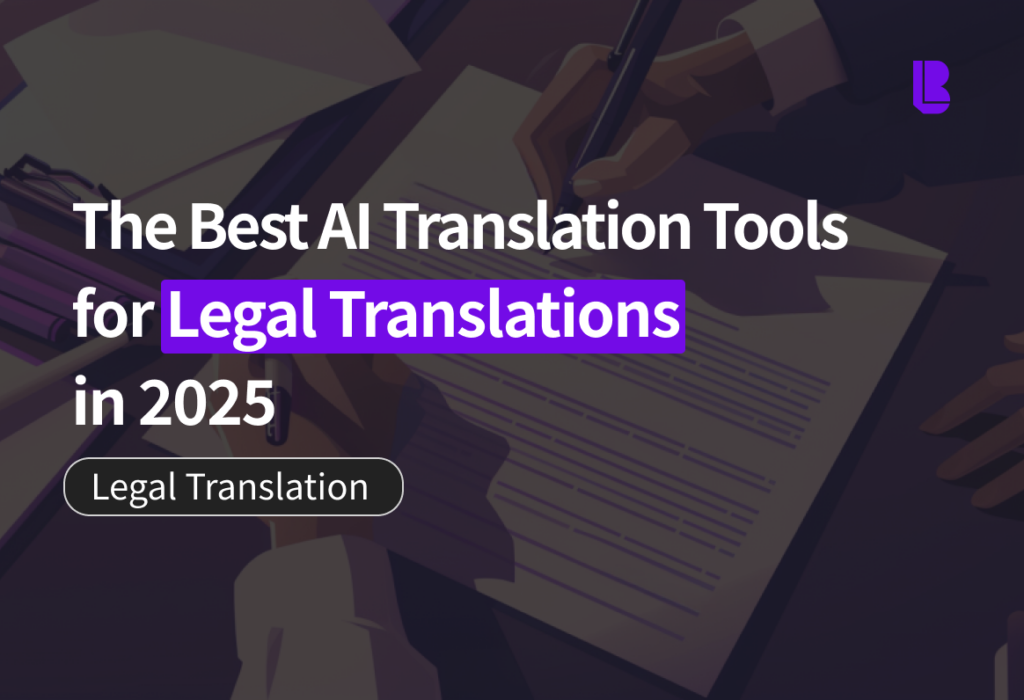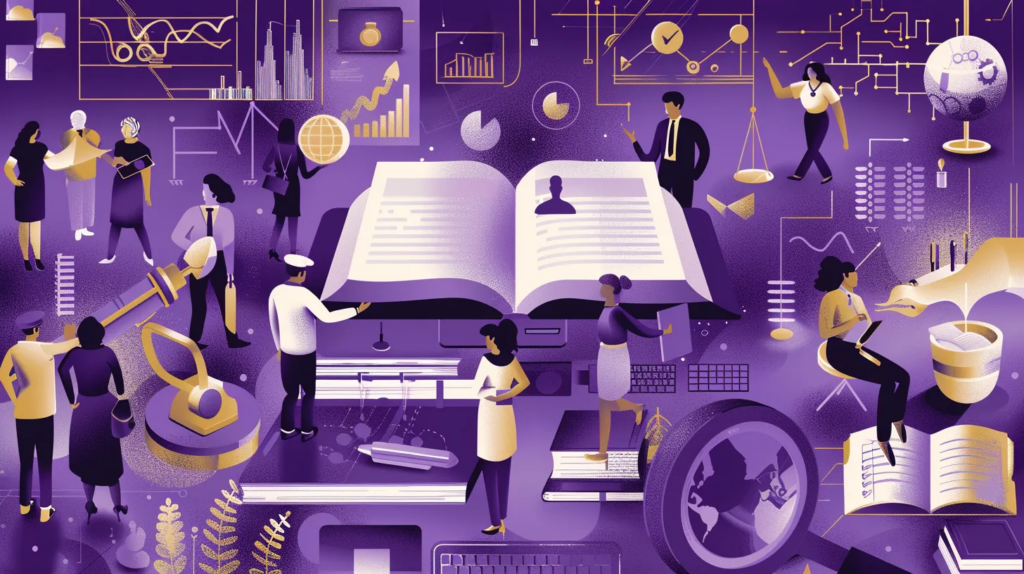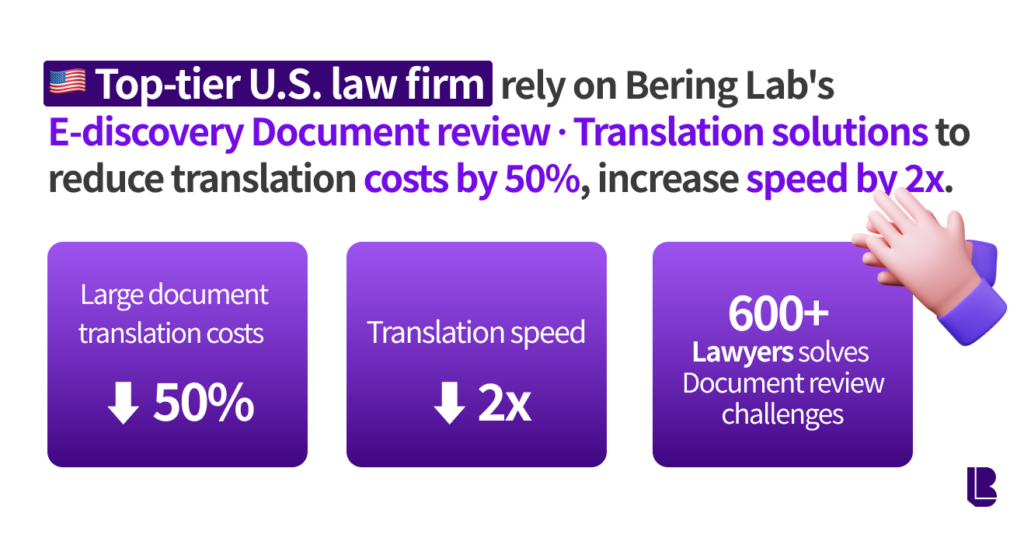Passing the Speed and Volume Limits of the Traditional Translation-Edit-Proof (TEP) Approach with Machine Translation + Post-editing
Traditional translation workflows weren’t built for the speed and scale that today’s global teams demand. That’s why we’re rethinking them, starting with Translation, Editing, and Proofreading, or TEP, which has long been considered the industry standard for high-quality translation work, especially in sensitive fields like law and finance. But while the intention behind TEP is […]
All-in-One Guide for Importing and Selling Medical Devices

The medical device industry is rapidly growing, with many companies looking to import foreign-made medical devices into Korea or export domestic devices overseas. However, as medical devices directly affect human health, they must undergo strict approval processes and safety verification before entering the market. Medical device approval refers to the legal process by which the […]
Your Guide for Choosing an AI Translation Vendor for Legal, Patent, and Enterprise Translations

AI translation is revolutionizing global business communications by generating high-quality multilingual content quickly at a lower cost than human translation. But in legal, patent, and enterprise contexts, choosing the right vendor goes far beyond considerations of speed or pricing. The real concerns are: how well does this vendor understand your operational, security, and domain-specific needs, […]
HOBAN Construction Reduces Accidents and Delays with Bering Lab’s AI-Powered Translation

HOBAN Construction is one of South Korea’s leading builders, known for taking on large-scale residential and infrastructure projects. Like many construction companies, they’ve been facing a growing labor shortage. To meet demand, they began hiring more foreign workers from countries like China, Vietnam, Cambodia, and Myanmar across their job sites. 📌 Key Outcomes ✅ Twice […]
The Best AI Translation Tools for Legal Translations in 2025

AI translation is all the rage right now for tackling huge volumes and bringing down costs. Many businesses struggling to get translation done effectively are evaluating it for use, and rightly so: the tools all offer high accuracy, lower costs, and lightning-fast speed. While today’s best tools do offer impressive speed and consistency, legal teams […]
Why You Can’t Afford to Ignore Your E-Discovery Strategy in International Litigation

As Korean companies continue to expand globally, one increasingly common yet underestimated risk they face is international litigation. Cross-border lawsuits are fundamentally different from domestic cases—due to varying legal systems, languages, and cultural expectations. Without the right understanding and preparation, these lawsuits can lead to significant and unexpected losses. A strategic approach to international litigation […]
e-Discovery Document Review & Translation Solution

📌 Summary of Results ✅ Reduced large-scale document translation costs by over 50% ✅ Increased translation speed by 2x ✅ Optimized document review costs and improved accuracy by leveraging freelance lawyers for human document review ✅ Minimized the burden on U.S. law firm employees for non-English document review ✅ Provided access to a pool of […]
Korea’s Gaming Exports Hit 12 Trillion KRW — So How Should You Handle Game Localization?

Hello, this is BeringLab. Today, we’re diving into a critical element driving the global success of Korea’s gaming industry — game localization.With Korea’s annual game exports surpassing 12 trillion KRW (approx. 9 billion USD), localization is no longer optional — it’s essential.From indie developers eyeing the global stage to major studios engaging international players, demand for […]
Essential IT and Business Terms You Should Know Before Your Next Dev Meeting

Hello, this is BeringLab. Have you ever felt nervous about an upcoming development meeting — whether it’s with your in-house team or an outsourced partner?There’s always that fear of not fully understanding the technical jargon used by developers, potentially damaging your company’s credibility or missing critical contractual details. That’s because IT terminology has become a […]
What Is an Exclusive Contract? From Its Meaning to Drafting Tips and Global Translation Strategies

Hello, this is BeringLab. Today, we’d like to talk about something that comes up frequently in business: the concept of an exclusive contract — what it means, how to draft one properly, and why accurate translation is essential. Exclusive contracts are widely used in industries such as entertainment, publishing, and real estate, where one party […]